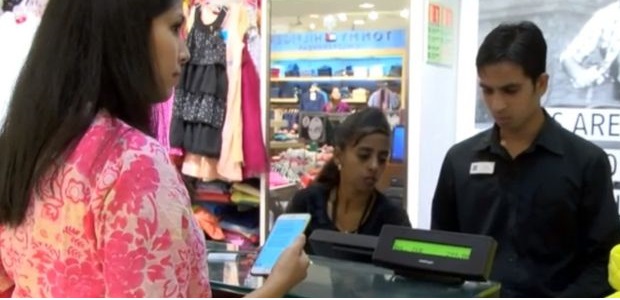Will India go casless – the government wants to achieve 25 bn digital transactions over the next two years

The Government of India has introduced a series of incentives designed to encourage consumers and businesses to adopt digital and mobile payments and significantly reduce the use of cash in the economy — including plans to encourage banks to introduce one million point-of-sale terminals by March 2017, rising to two million by September.
The plans form part of the government’s Budget 2017-18 and were announced by minister of finance Arun Jaitley during his budget presentation on 1 February. They follow a series of moves towards demonitisation by the government over the last few months, including the withdrawal of high value Rs 500 (US$7) and Rs 1,000 ($14) notes, an increase in mobile wallet limits, and the development of mobile payment apps that will work in conjunction with the country’s Aadhaar identification database.
During the speech, Jaitley revealed the imminent launch of Aadhaar Pay, two new schemes to promote adoption of the BHIM mobile payments service and a mission to achieve 25bn digital transactions over the next two years.
Other initiatives designed to incentivise digital payments in India include:
◾A ban on any cash transaction above R 300,000 (US$4,450)
◾Political funding reform that means political parties will only be able to accept donations of up to Rs 2,000 (US$30) in cash
◾A proposal to mandate all government receipts through digital means beyond a prescribed limit
“India is now on the cusp of a massive digital revolution,” Jaitley said. “A shift to digital payments has huge benefits for the common man. Already there is evidence of increased digital transactions.
“The BHIM app has been launched. It will unleash the power of mobile phones for digital payments and financial inclusion. 125 lakh (12.5m) people have adopted the BHIM app so far. The government will launch two new schemes to promote the usage of BHIM. These are Referral Bonus Scheme for individuals and a Cashback Scheme for merchants.
“Aadhaar Pay — a merchant version of Aadhaar Enabled Payment System (APES) — will be launched shortly. This will be specifically beneficial for those who do not have debit cards, mobile wallets and mobile phones.
“A mission will be set up with a target of 2,500 crore (25bn) digital transactions for 2017-2018 through UPI (Unified Payments Interface), USSD, Aadhaar Pay, IMPS (Immediate Payment Service) and debit cards. Banks have targeted to introduce additional 10 lakh (1m) new point-of-sale terminals by March 2017 — they will be encouraged to introduce 20 lakh (2m) Aadhaar-based POS by September 2017.”
‘Bold and decisive’
“Demonetisation of high denomination bank notes was in continuation of a series of measures taken by our government during the last two years,” Jaitley continued. “It is a bold and decisive measure. For several decades, tax evasion for many has become a way of life. This compromises the larger public interest and creates unjust enrichment in favour of the tax evader, to the detriment of the poor and deprived.
“Demonetisation seeks to create a new ‘normal’ wherein the GDP would be bigger, cleaner and real. This exercise is part of our Government’s resolve to eliminate corruption, black money, counterfeit currency and terror funding. Like all reforms, this measure is obviously disruptive, as it seeks to change the retrograde status quo.
“Drop in economic activity, if any, on account of the currency squeeze during the remonetisation period is expected to have only a transient impact on the economy.”
BHIM was unveiled by prime minister Narendra Modi in December 2016. The service has been developed by the National Payments Corporation of India (NPCI) — an organisation under the Government of India — and is based on the Unified Payments Interface (UPI) platform launched by NPCI in August last year.
Source: nfcworld
Dariusz Mazurkiewicz – CEO at BLIK Polish Payment Standard
Banking 4.0 – „how was the experience for you”
„To be honest I think that Sinaia, your conference, is much better then Davos.”
Many more interesting quotes in the video below:









